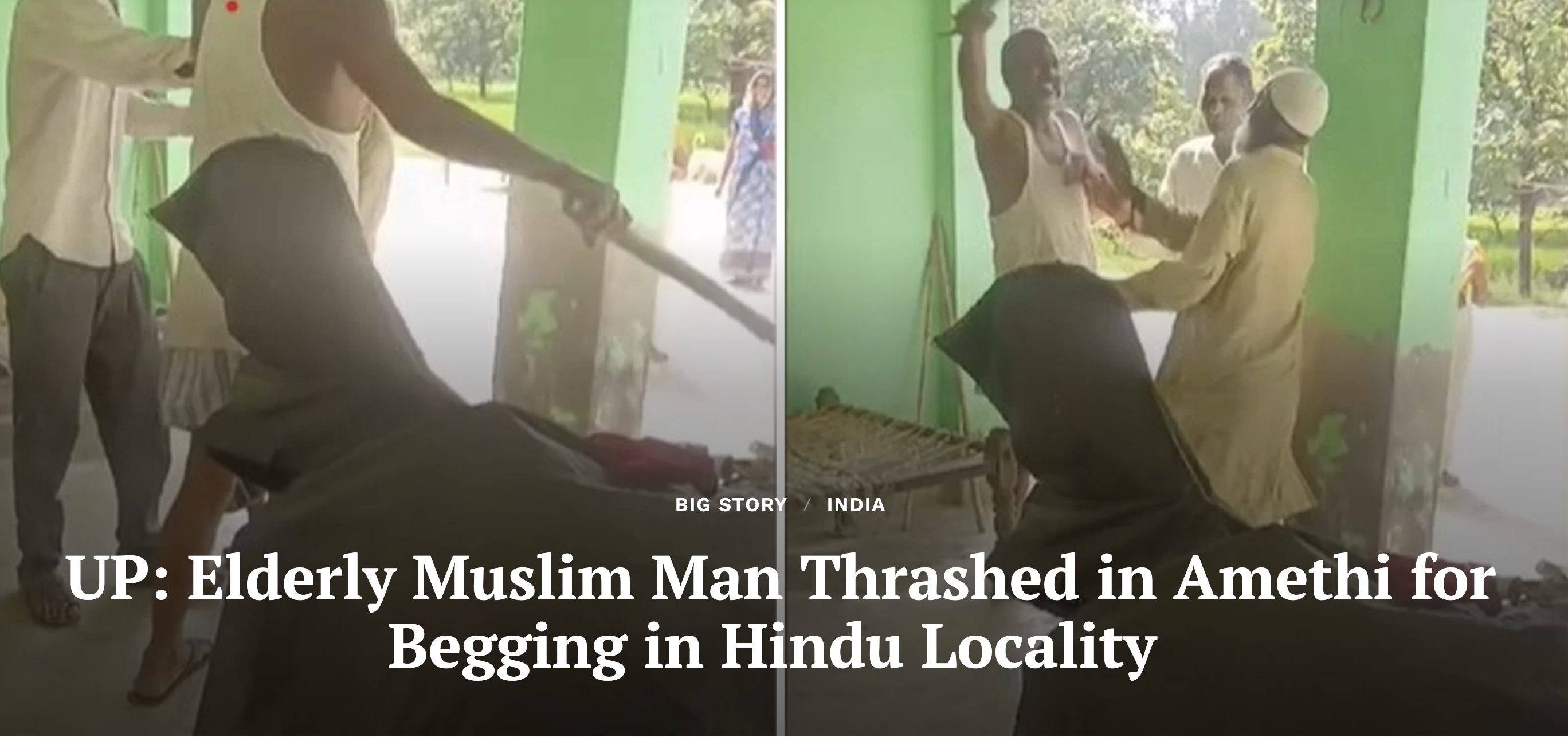
By Mir Umar
New Delhi, India – When Indian Prime Minister Narendra Modi was inaugurating a controversial Hindu temple in the northern city of Ayodhya on January 22 this year, J*, a student living hundreds of miles away in the southern state of Kerala was about to post his take on the event on Instagram.
“Remains of Indian Constitution Beneath Ram Mandir: ASI Survey,” the 21-year-old student of humanities posted on his handle, The Savala Vada, criticising the Hindu nationalist leader for allegedly undermining India’s secular constitution by leading a religious ceremony at a temple built on the ruins of a 16th-century mosque.
Since India’s independence in 1947, dozens of Hindu groups, led by the Rashtriya Swayamsevak Sangh (RSS), the far-right ideological mentor of Modi’s Bharatiya Janata Party (BJP), claimed the Mughal-era Babri Mosque stood at the exact site where Ram, among Hinduism’s most prominent deities, was born. A Hindu mob demolished the mosque in 1992, triggering deadly riots that killed more than 2,000 people and fundamentally altered the course of India’s politics.
After the demolition, the state-run Archaeological Survey of India (ASI) backed the Hindu groups’ claim as the dispute went to the country’s top court, which in 2019 gave the site to a government-backed trust to build a Ram temple. Muslims were given another piece of land in Ayodhya, several kilometres away from the temple, to build a mosque.
A year later, Modi laid the foundation stone for the grand temple and opened it in January this year to kick-start his re-election for a record third term.
This story was originally published in aljazeera.com. Read the full story here.

